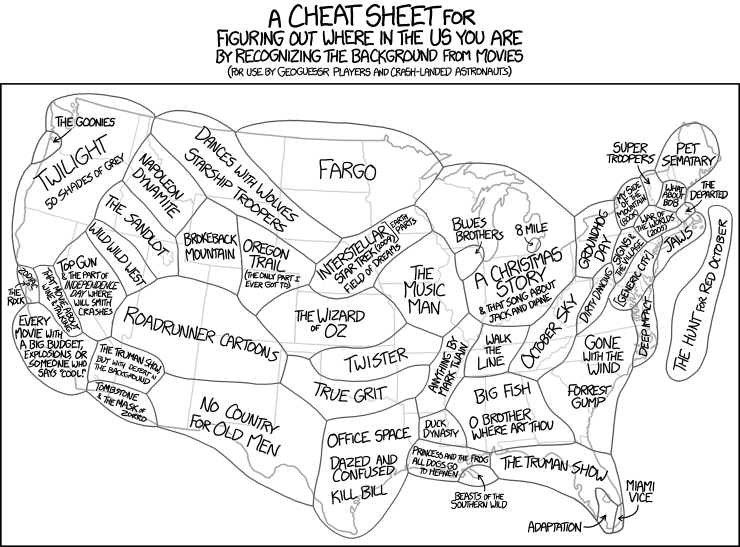Is there a stream of water that exists before we name it “river?” Is the world what we have labeled it to be? Are we?
 This is how the poem, "A Call to Mapping," begins. I read the first half of it as part of my lightning talk at the 2015 U-Spatial Forum, on November 20th at Rapson Hall, University of Minnesota.The forum is a mash up of people using GIS or spatial technology in ALL different ways (from artist, Rebecca Krinke's beautiful "Mapping of Joy and Pain" project to another professor's mapping the surface of Venus.) It is mind-blowing and enriching to see the variety of work presented that is united by spatial thinking.
This is how the poem, "A Call to Mapping," begins. I read the first half of it as part of my lightning talk at the 2015 U-Spatial Forum, on November 20th at Rapson Hall, University of Minnesota.The forum is a mash up of people using GIS or spatial technology in ALL different ways (from artist, Rebecca Krinke's beautiful "Mapping of Joy and Pain" project to another professor's mapping the surface of Venus.) It is mind-blowing and enriching to see the variety of work presented that is united by spatial thinking.GIS Story Maps as a Theatrical Prop
I presented "River Journey High School Story Maps; Using GIS Story Maps as Part of Place-based, Art-led, Environmental Education." River Journey took place at River's Edge Academy Charter Environmental High School, where I worked with a collaborative team, of teachers, staff, and students to take a year-long "Earth Systems Journey" of water through their school, tracing the flows from their kitchen sink to the Mississippi River--upstream and downstream. The primary aesthetic composition of River Journey is the designed experience itself. But art is also used for theatrical props throughout. Although the River Journey GIS Story Maps serve many purposes in the project, it is their part of the composition of student experience that I focused on for this talk. I highlighted three of their roles as part of what I call the narrative-aesthetic experience that engages participants with story through aesthetic interaction.
GIS Story Maps Narrative-Aesthetic Roles
1. Marking and Naming
I was interested, particularly for High School age students, in connecting them to their agency and power as map makers, as expressed in "A Call to Mapping" which I wrote as a meditation for myself about the project. For example, there is great significance in the simple act of placing a map pin at the confluence of the Mississippi and Minnesota Rivers and labeling it "B'Dote" after interviewing a Dakota band member about the supreme significance of this place to their creation beliefs. Marking and Naming a place on a map and telling its story is a ritual act of placing significance to a part of the landscape.
2. Virtual Aesthetic Understanding of the Land
It is important to the philosophy of River's Edge Academy and to the Earth Systems Journey approach to go outside and explore real places. Virtual exploration is not a substitute. However, an interactive GIS map offers perspectives that can't be seen from ground and these are not only knowledge-based in nature - they are also aesthetic. I remember working with a student as they paused from the tutorial on map creation to enjoy the pleasures of flying over and following the river in the satellite image. These are beautiful views that are a kind of primary aesthetic experience in themselves where one can wonder about the varying colors of the water, and the textures of the vegetation.
3. Vessel and Object of the Quest
As an Earth Systems Journey, River Journey is inspired by Joseph Campbell's concept of the Hero's Journey. This begins with a call to adventure, and is a quest for something. In fairy tales, the hero might seek a treasure and bring it home in a vessel. Knowing their final expression of their journey was to be an online set of story maps, made the GIS Story Maps into a key player in the journey; they were the vessel into which students would place their treasure to bring back to share with community: the story of their exploration of the value of the Mississippi River.





















